 您的购物车当前为空
您的购物车当前为空
HDAC4 Protein, Human, Recombinant (aa 612-1084)
一键复制产品信息HDAC4 (histone deacetylase 4), belongs to class II of the histone deacetylase/AcuC/APhA family. Histone Deacetylases (HDACs) are a group of enzymes closely related to sirtuins. They catalyze the removal of acetyl groups from lysine residues in histones and non-histone proteins, resulting in transcriptional repression. In general, they do not act autonomously but as components of large multiprotein complexes, such as pRb-E2F and mSin3A, that mediate important transcription regulatory pathways. There are three classes of HDACs; classes 1, 2, and 4, which are closely related to Zn2+-dependent enzymes. HDACs are ubiquitously expressed and they can exist in the nucleus or cytosol. Their subcellular localization is affected by protein-protein interactions and by the class to which they belong. HDACs have a role in cell growth arrest, differentiation, and death and this has led to substantial interest in HDAC inhibitors as possible antineoplastic agents. HDAC4 possesses histone deacetylase activity and represses transcription when tethered to a promoter. It does not bind DNA directly but through transcription factors MEF2C and MEF2D. HDAC4 seems to interact in a multiprotein complex with RbAp48 and HDAC3.

HDAC4 Protein, Human, Recombinant (aa 612-1084)
一键复制产品信息| 规格 | 价格 | 库存 | 数量 |
|---|---|---|---|
| 5 μg | ¥ 495 | 6-8日内发货 | |
| 10 μg | ¥ 790 | 6-8日内发货 | |
| 20 μg | ¥ 1,330 | 5日内发货 | |
| 50 μg | ¥ 2,630 | 5日内发货 | |
| 100 μg | ¥ 4,460 | In Stock |
产品信息
| 生物活性 | Activity testing is in progress. It is theoretically active, but we cannot guarantee it. If you require protein activity, we recommend choosing the eukaryotic expression version first. |
| 产品描述 | HDAC4 (histone deacetylase 4), belongs to class II of the histone deacetylase/AcuC/APhA family. Histone Deacetylases (HDACs) are a group of enzymes closely related to sirtuins. They catalyze the removal of acetyl groups from lysine residues in histones and non-histone proteins, resulting in transcriptional repression. In general, they do not act autonomously but as components of large multiprotein complexes, such as pRb-E2F and mSin3A, that mediate important transcription regulatory pathways. There are three classes of HDACs; classes 1, 2, and 4, which are closely related to Zn2+-dependent enzymes. HDACs are ubiquitously expressed and they can exist in the nucleus or cytosol. Their subcellular localization is affected by protein-protein interactions and by the class to which they belong. HDACs have a role in cell growth arrest, differentiation, and death and this has led to substantial interest in HDAC inhibitors as possible antineoplastic agents. HDAC4 possesses histone deacetylase activity and represses transcription when tethered to a promoter. It does not bind DNA directly but through transcription factors MEF2C and MEF2D. HDAC4 seems to interact in a multiprotein complex with RbAp48 and HDAC3. |
| 种属 | Human |
| 表达系统 | Baculovirus Insect Cells |
| 标签 | Tag Free |
| 蛋白编号 | P56524-1 |
| 别名 | histone deacetylase 4,HDAC-A,HDACA,HDAC-4,HD4,HA6116,BDMR,AHO3 |
| 蛋白构建 | A DNA sequence encoding the human HDAC4 (NP_006028.2)(Met612-Leu1084) was expressed and purified with two additional amino acids (Gly & Pro ) at the N-terminus. Predicted N terminal: Met |
| 蛋白纯度 | > 90 % as determined by SDS-PAGE |
| 分子量 | 50.9 kDa (predicted); 51 kDa (reducing condition, due to glycosylation) |
| 内毒素 | < 1.0 EU/μg of the protein as determined by the LAL method. |
| 蛋白性状 | Lyophilized powder |
| 缓冲液 | Lyophilized from a solution filtered through a 0.22 μm filter, containing 20 mM Tris, 500 mM NaCl, pH 7.4, 10%gly. Typically, a mixture containing 5% to 8% trehalose, mannitol, and 0.01% Tween 80 is incorporated as a protective agent before lyophilization. |
| 复溶方法 | A Certificate of Analysis (CoA) containing reconstitution instructions is included with the products. Please refer to the CoA for detailed information. |
| 存储 | It is recommended to store recombinant proteins at -20°C to -80°C for future use. Lyophilized powders can be stably stored for over 12 months, while liquid products can be stored for 6-12 months at -80°C. For reconstituted protein solutions, the solution can be stored at -20°C to -80°C for at least 3 months. Please avoid multiple freeze-thaw cycles and store products in aliquots. |
| 运输方式 | In general, Lyophilized powders are shipping with blue ice. |
| 研究背景 | HDAC4 (histone deacetylase 4), belongs to class II of the histone deacetylase/AcuC/APhA family. Histone Deacetylases (HDACs) are a group of enzymes closely related to sirtuins. They catalyze the removal of acetyl groups from lysine residues in histones and non-histone proteins, resulting in transcriptional repression. In general, they do not act autonomously but as components of large multiprotein complexes, such as pRb-E2F and mSin3A, that mediate important transcription regulatory pathways. There are three classes of HDACs; classes 1, 2, and 4, which are closely related to Zn2+-dependent enzymes. HDACs are ubiquitously expressed and they can exist in the nucleus or cytosol. Their subcellular localization is affected by protein-protein interactions and by the class to which they belong. HDACs have a role in cell growth arrest, differentiation, and death and this has led to substantial interest in HDAC inhibitors as possible antineoplastic agents. HDAC4 possesses histone deacetylase activity and represses transcription when tethered to a promoter. It does not bind DNA directly but through transcription factors MEF2C and MEF2D. HDAC4 seems to interact in a multiprotein complex with RbAp48 and HDAC3. |







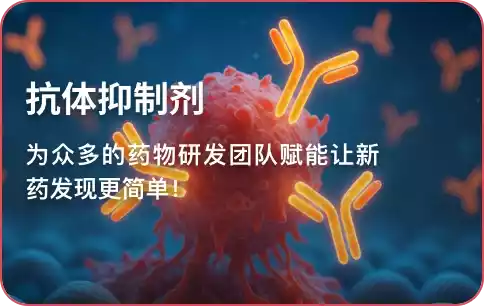


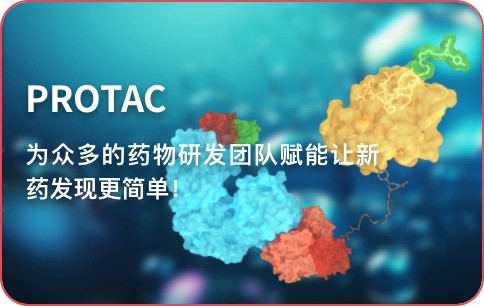





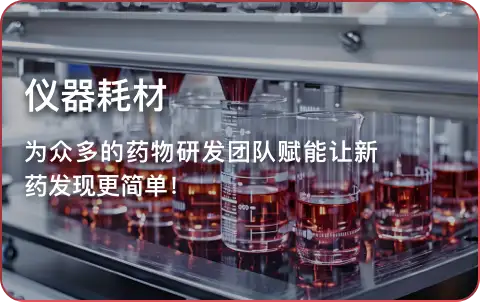

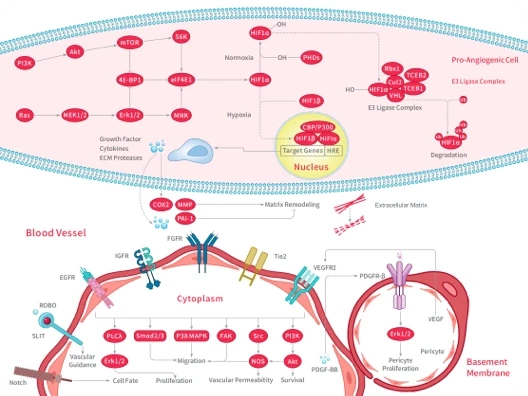
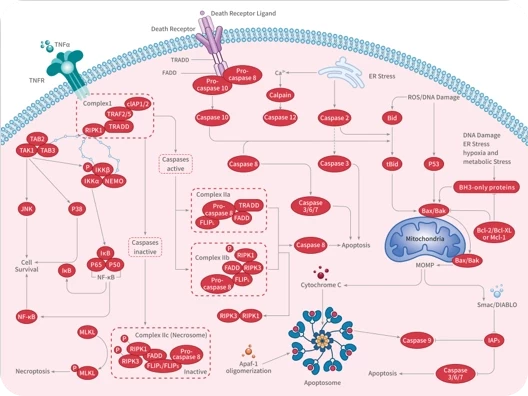
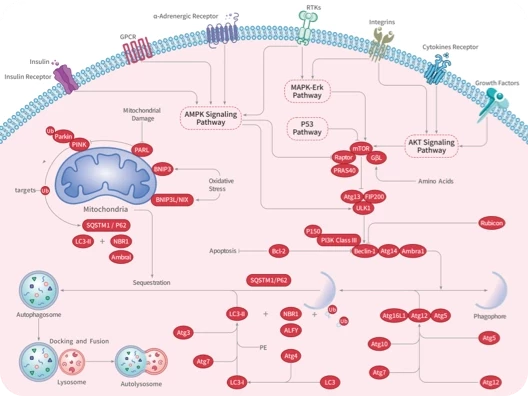


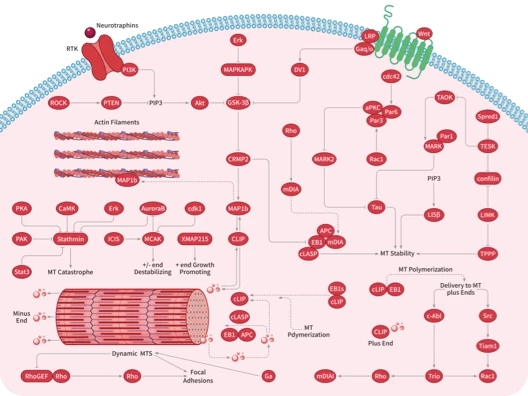
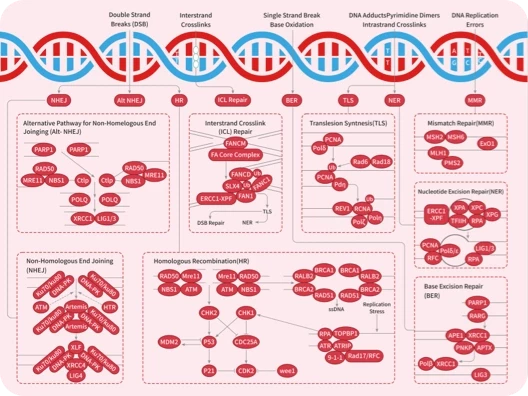

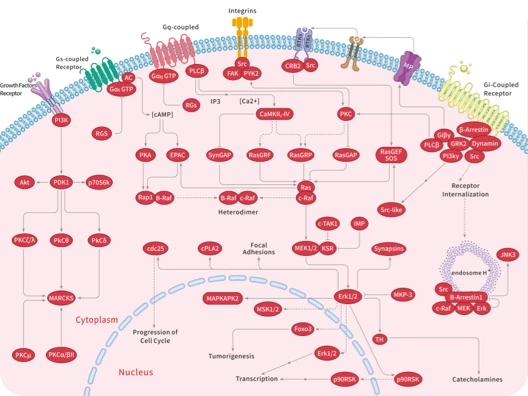
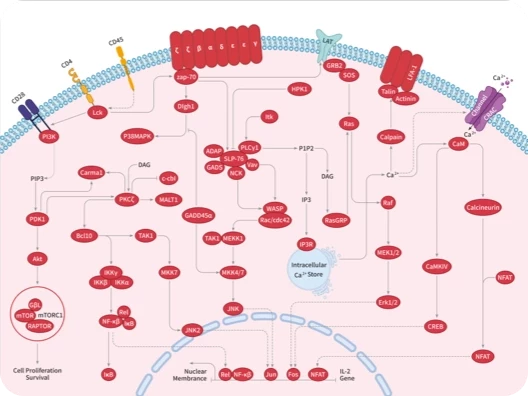
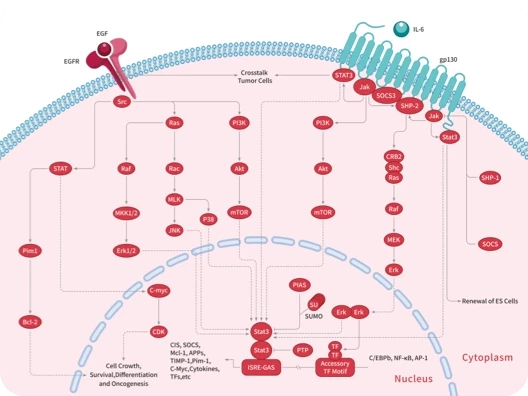
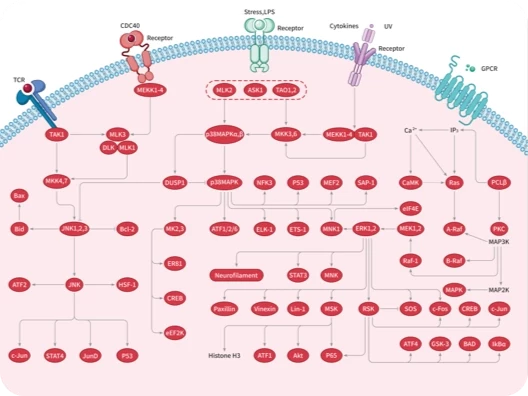


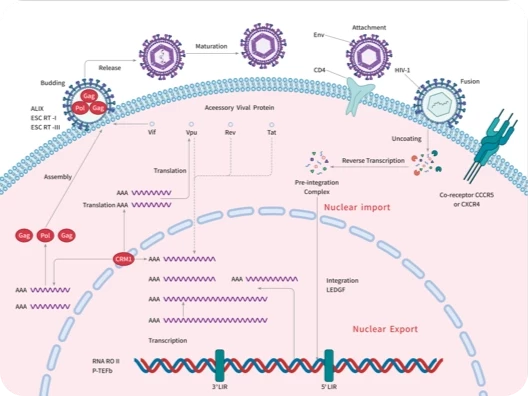

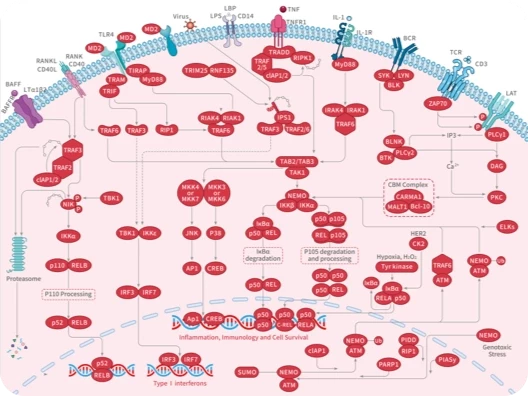
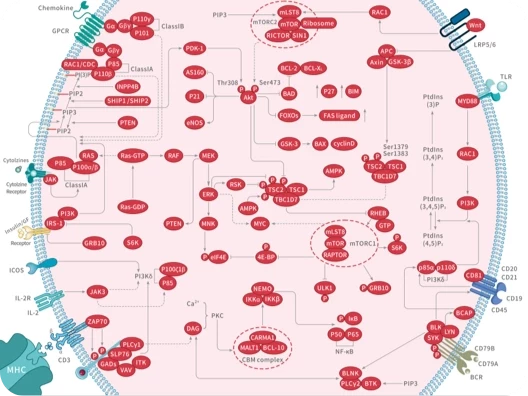
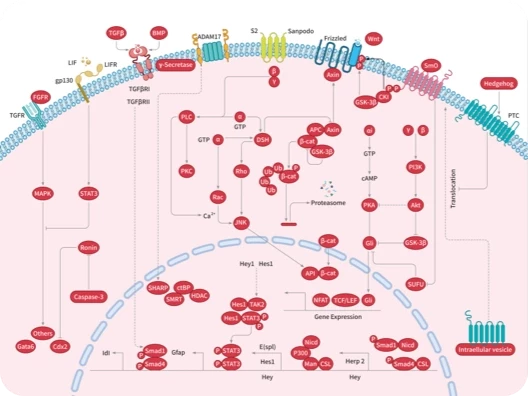

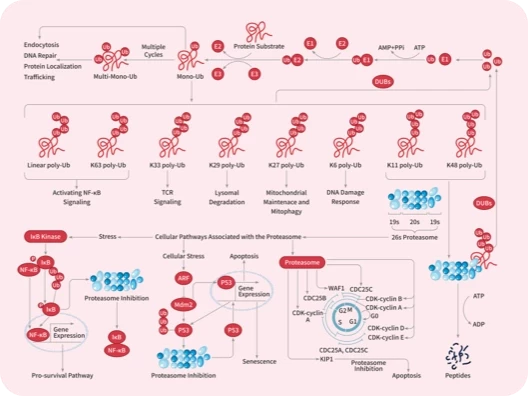


 |
|